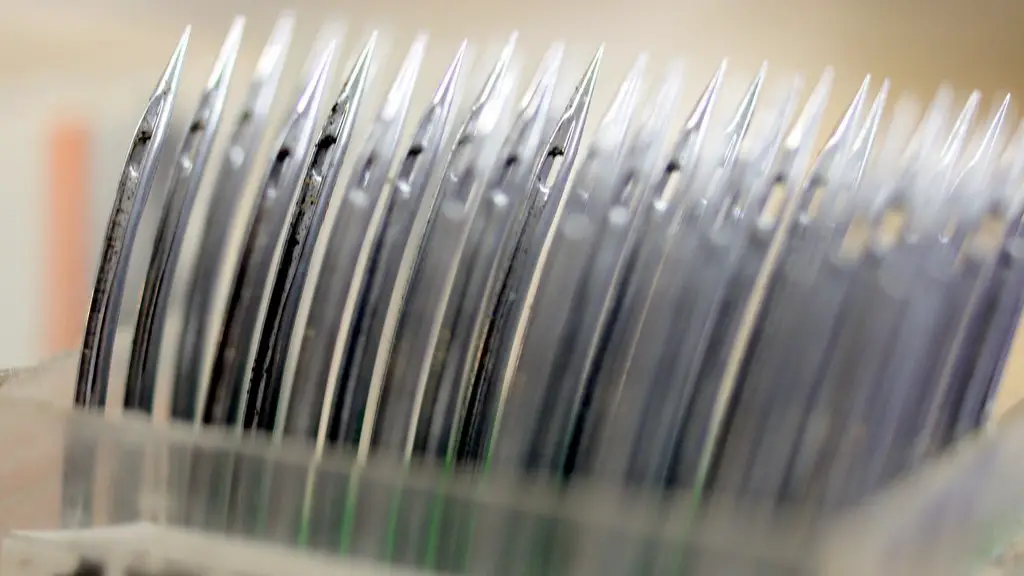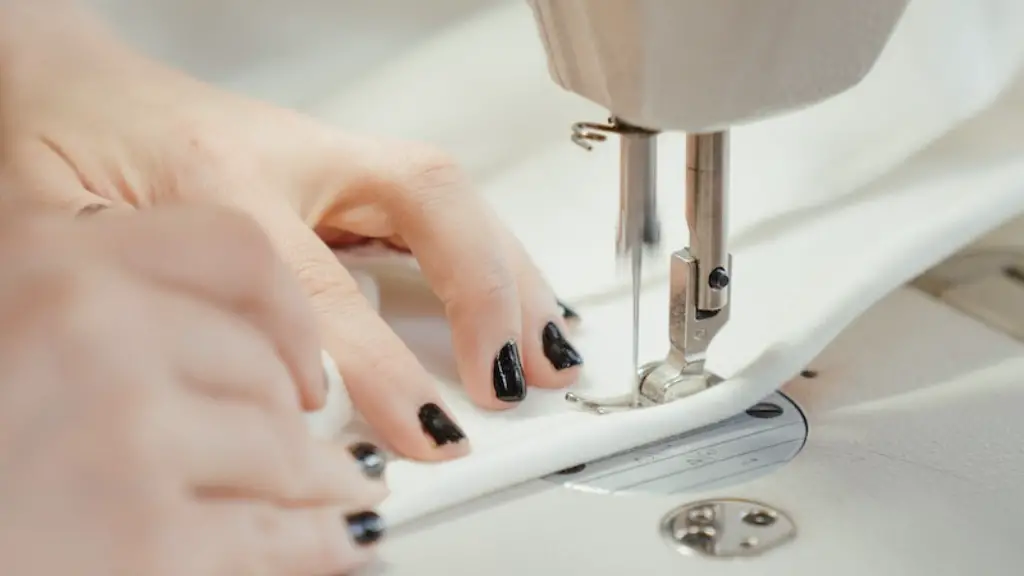The sewing machine is a bastion of the textile and fashion industry, yet very few people know of who first invented and innovated it to become the modern necessity today. Despite being overshadowed by other inventions in the same era, the invention of the sewing machine proved crucial to progress in the fashion industry as it enabled faster and more efficient production of clothing and other textiles.
It is widely believed that Elias Howe, a US-based mechanic engineer, was the first to invent and receive recognition for his invention of the sewing machine in 1845. In the same year, Howe took out the patent for his invention, featuring the four-motion feed, for the United States, Britain and France and even exhibited at the Franklin Institute in Philadelphia.
During this time, Howe was in a great competition with British inventor Thomas Saint to claim the title for inventing the first functional sewing machine. Saint’s designs, however, showcased a sewing machine that was far from functional as it lacked the crucial four-motion feed, which Howe’s invention had. Saint’s machine was unable to stitch fabric together efficiently, unlike Howe’s which could stitch by a rate of 200 stitches per minute.
This prompted Howe to file a patent infringement lawsuit, hoping to gain recognition and monetary compensation for the patent of his invention. While the lawsuit was eventually won in Howe’s favour, it did not amount to the fame or fortune he had hoped. Somewhat unfortunately, Howe did not reap any major profits from the lawsuit, instead benefiting through a military contract and an adjournment of any proceedings with competitors.
It is interesting to note that Howe’s patent was also not the last of its kind as other inventors soon built upon Howe’s original invention in the years that followed. Some of these included Walter Hunt, Issac M. Singer and Allen B. Wilson, each of which have become synonymous with the sewing machine industry today.
Allen B Wilson
One post-Howe inventor to make a name for himself was Allen B Wilson, an American mechanical engineer and lead of the Wilson Sewing Machine Company. Wilson is famed for his great advancements on the design of Howe’s original invention.
This included the update of the machine to now feature a wheel-like shuttle and a take-up lever, both of which remained standard components on most of today’s sewing machines. Wilson’s machine was widely admired for its practical advantages when sewing and was soon sought by many toy makers, upholsterers and seamstresses.
Further cementing Wilson’s legacy was his decision to also generate and perfect the rotary-hook shuttle design, a platform which became engrained in the modern sewing machines we use today.
The Wilson Sewing Machine Company, which Wilson founded soon after, went on to become the largest sewing machine producer in the world at the time, beating out the likes of Hunt and Singer.
Isaac M Singer’s Contributions
Isaac M Singer is another renowned figure in the sewing machine industry, with his famous foot-powered sewing machine becoming the go-to device of most dressmakers of the day.
The design of Singer’s machine featured a treadle, meaning that it could be powered by foot and didn’t require any external supply of power to operate. This design was extremely practical, as it meant that a person could set the machine up and seam fabrics also in the absence of an electric source.
Singer’s machine was also lauded for its capability to adjust consistent stitching throughout the entire seam, despite the alteration of the material’s tension. This unique revolutionary quality was praised amongst dressmakers, who appreciated being able to achieve this consistency easily.
Like Wilson, Singer too continued to update his invention, now incorporating the rotary-hook shuttle design in his sewing machines alongside various other innovations.
Though Singer was initially embroiled in a legal battle not too dissimilar to Howe’s with Sewing Machine Company co-founder William McGreggor, the two eventually agreed on a fair compensation deal. This laid the foundation for Singer’s success and spurred the company to go on to become the world’s largest sewing machine producer by the late 19th century.
Walter Hunt’s Impact
Despite the great achievements of Howe, Wilson and Singer, one inventor who cannot be excluded is Walter Hunt, who was an American mechanic and one of the main forces behind the invention of the first shutting-eye needle.
Hunt, who has been described as a polymath, fashioned his own eye-pointed needle soon after experiencing difficulty threading a needle by hand. In addition to the eye-pointed needle, Hunt also built upon Howe’s four-motion feed as he added and adjusted the bobbin to now become a shuttle.
Many experts have credited Hunt for inspiring both Howe and Wilson, as many parts found in Hunt’s designs later became part of Howe’s invention. Nonetheless, Hunt, who was aware of the lack of recognition he may receive, sold the rights to Howe in order to quickly pay off a debt he owned.
Conclusion of the Era
The work by Howe, Wilson, Singer and Hunt marked the culmination of a great industrial era, which saw a number of sewing machine innovators come forward and attempt to create a functional device.
In the end, it was Howe who first received the patent for his important invention, a device which he then continued to work on and improve with the help of later innovators. Though the success and acclaim he had deserved never really eventuated, Howe nevertheless laid the groundwork for a new era in the fashion industry, when has grown and flourished ever since.
A Period of Adaptation and Innovation
Throughout the 19th and 20th centuries, the sewing machine underwent a number of changes, from being adapted for industrial use, to being once again configured for domestic purposes.
Especially since the 20th century, the sewing machine has undergone a number of aesthetic and mechanical changes, from the introduction of electric-powered machines to the development of more customised models for the consumer market.
These changes, which range from adding computerised control systems to increase accuracy, to making the machines far more user-friendly, have extended the life-span of the sewing machine and allowed it to remain relevant in the modern day.
The Continuing Impact of the Sewing Machine
Today, the progress of the sewing machine continues to reinvent the industry, with a number of companies now embracing digital operating systems and the utilisation of AI to produce a deeper, more customised and user-friendly machine.
The proliferation of low-cost and accessible machines and the introduction of 3D printing of fabrics has also quickly changed the way many small and independent designers work, with the creative possibilities and ease of use now far more unique and specialised than before.
What’s more, the ability for individuals to now find and purchase simple machines for low prices, as well as access online tutorials have also enabled a wide range of people to get into the sewing craft, quickly opening up the entire industry.
The Future is Bright for the Sewing Machine
The future outlook of the sewing machine looks exceedingly positive, with new developments and tools continually changing the way it works.
Research, initiatives and investments into advanced technologies such as incorporating artificial intelligence and sensors further into sewing machines is underway, which will only enhance its capabilities further.
The fast-paced, innovative nature of the technological age shows no signs of slowing down, and it is highly likely that the sewing machine will continue to advance further to become an even more essential component to fashion and textile production in the coming years.





